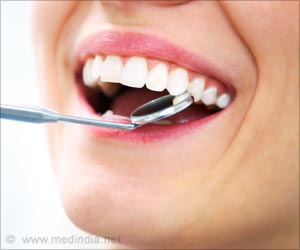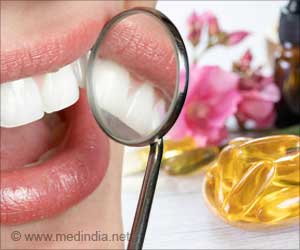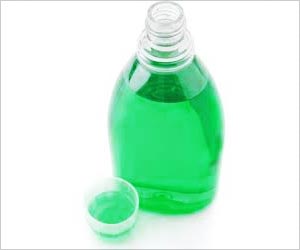Chicago – The extended use of anabolic androgenic steroid (AAS) is linked to gingival enlargement, according to researchers. Gingival enlargement occurs when the tissues swell and begin to grow over the teeth. This is a fertile environment for bacteria to grow, which can lead to periodontal infection.
'It was found that AAS abusers had statistically significant levels of gingival enlargement compared to non-users, requiring a gingivectomy for many cases,' explains Onur Ozcelik, DDS, PhD, Faculty of Dentistry, Cukurova University, Department of Periodontology, Adana, Turkey. 'Although it has been reported that many of the adverse effects of AAS abuse are fully reversible within several months after the cessation of the drug, it is not known if gingival enlargement would also regress after the withdrawal of AAS.'Researcher also found that gingival inflammation was higher in the AAS user group compared to the non-AAS users. 'Further studies are required to find out if increased gingival scores in the user group are a direct effect of AAS or if the inflammation is a result of compromised oral hygiene due to gingival enlargement,' said Ozcelik.
'It is not surprising that gingival tissue is a target for the actions of steroid hormones,' said Kenneth A. Krebs, DMD and AAP president. 'Clinical changes in tissues of the periodontium have been identified during periods of hormonal fluctuations such as puberty, the menstrual cycle, pregnancy, menopause, contraceptives and ovulation induction drugs in women.'People taking AAS without medical supervision should be informed of the adverse effects and strongly encouraged to begin a cessation program.
Since periodontal infection may be a risk factor for more serious conditions, such as cardiovascular disease, respiratory disease and pre-term, low birth weight babies it is important for patients to take care of their periodontal health.
This study is published in the Journal of Periodontology.
Source :Eureka
Advertisement







